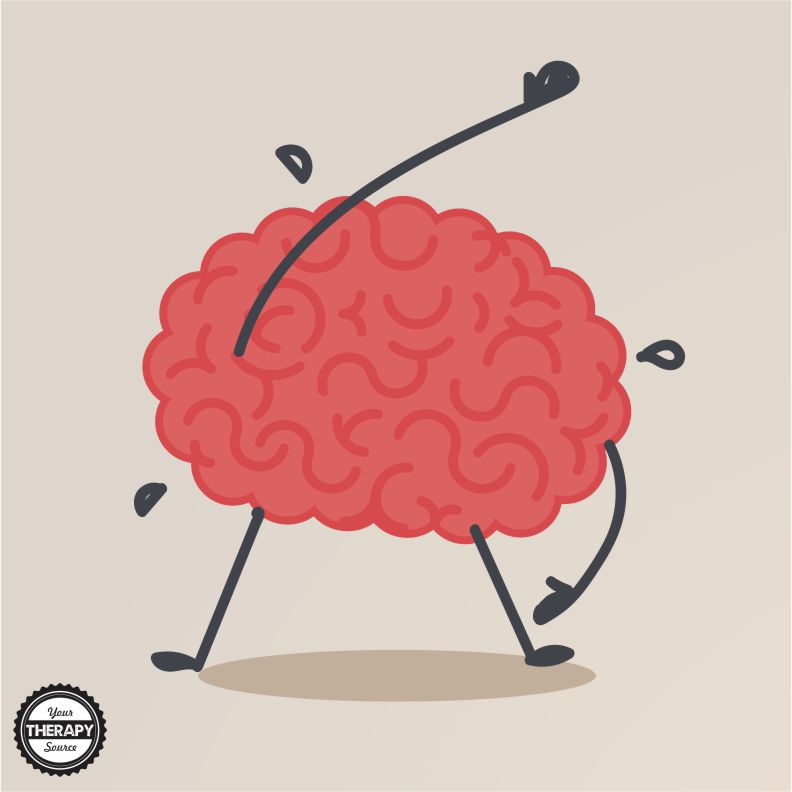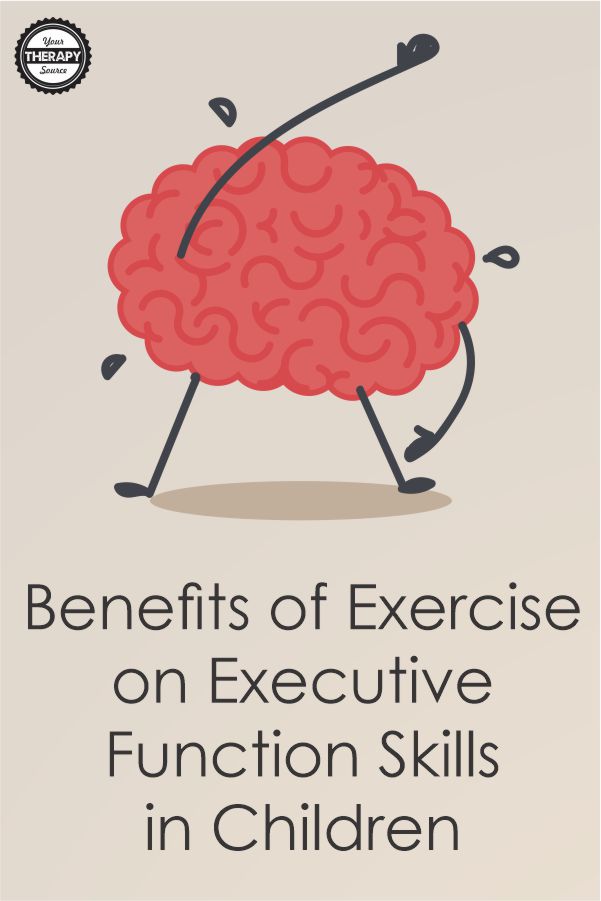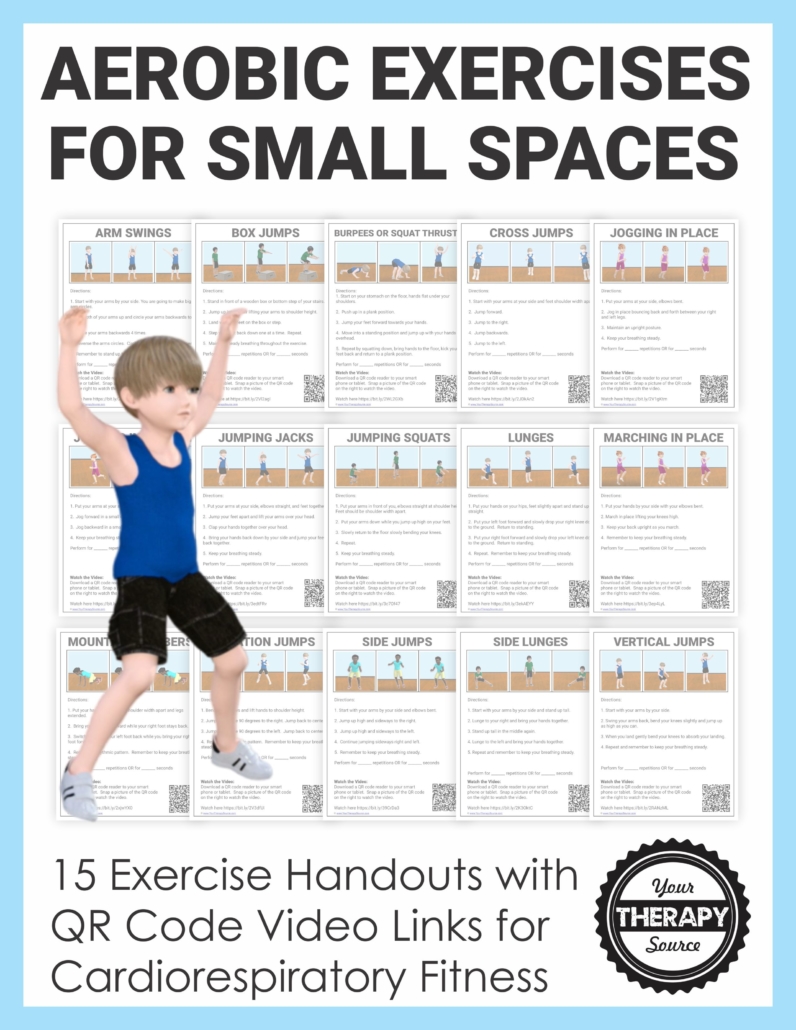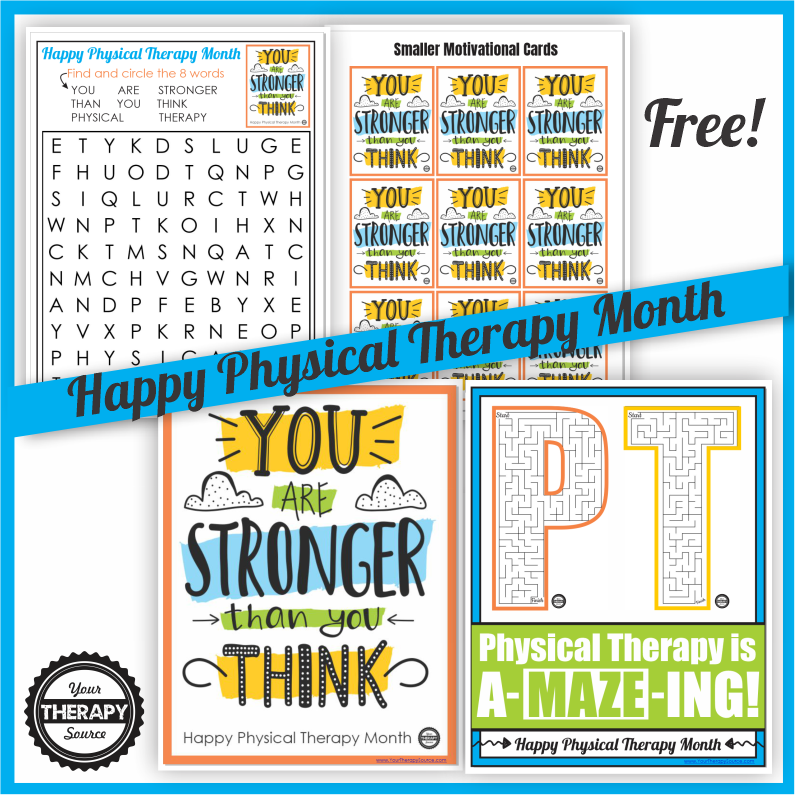Acute Exercise and Executive Function in Children

Movement in the classroom and brain breaks are becoming more and more popular to help students. What does the research say on exercise and executive function in children? Executive functioning in children include skills such as working memory, impulse control, focus, emotional control, organization, planning, and self-monitoring!
Methodology of the Study on Exercise and Executive Function in Children
Psychophysiology published research on the effects of acute exercise on executive function in 20 healthy, 8-10, year old children. This study compared the effect of an acute bout of continuous or intermittent, moderate-intensity treadmill exercise on executive function in young children. Participants in the continuous exercise group ran at 90% of gas exchange threshold whereas the participants in the intermittent exercise group performed six consecutive 2.5 min blocks of exercise. The intermittent exercise block was designed to reflect children’s typical activity patterns, comprising 45 s at a heavy intensity, 33 s at a moderate intensity, 10 s at a severe intensity, and 62 s at a low intensity.
Assessment of executive function included the Stroop task before the submaximal exercise bouts and after, at 1-, 15-, and 30-min intervals and near-infrared spectroscopy (NIRS) to measure cerebral perfusion and oxygenation.
Results of the Study
The results of the study on exercise and executive function in children indicated that:
- in both conditions, Stroop performance was improved at 1 min after compared to before and the improvements were maintained until 30 min after.
- NIRS (oxyhemoglobin, total hemoglobin) explained a significant amount of variance in the change in Stroop performance for the intermittent group only.
The researchers concluded that an acute bout of exercise, of either an intermittent or continuous nature, improves executive function in children, and effects are maintained for ≤ 30 min following exercise cessation. Therefore, it is recommended that children should participate in bouts of physical activity during the school day.
Reference: Lambrick, D., Stoner, L., Grigg, R. and Faulkner, J. (2016), Effects of continuous and intermittent exercise on executive function in children aged 8–10 years. Psychophysiology, 53: 1335–1342. doi: 10.1111/psyp.12688
Resources to Help Students with Executive Functioning
Do you work with students who struggle with working memory, organization, impulse control, and focus? Are you searching for executive functioning strategies to help your students succeed?
The Executive Functioning Strategies for Students digital workbook is a step by step guide to help boost your student’s working memory, impulse control, focus, emotional control, organization, planning, and self-monitoring!
Reach for the Stars Workbook: Students can be empowered by learning how to set and achieve goals. This goal setting for students PDF uses the STAR method to help students identify what is important to them to begin setting and reaching educational and personal goals.
Resource for Acute Exercise in Small Spaces
Research tells us that short aerobic exercise sessions can help children with: cognitive flexibility, self-regulation, behavior, and academic achievement! This Cardio Aerobic Exercises for Small Spaces digital download packet includes 15 aerobic exercise sheets including QR codes with links to animated video demonstration of each exercise.






